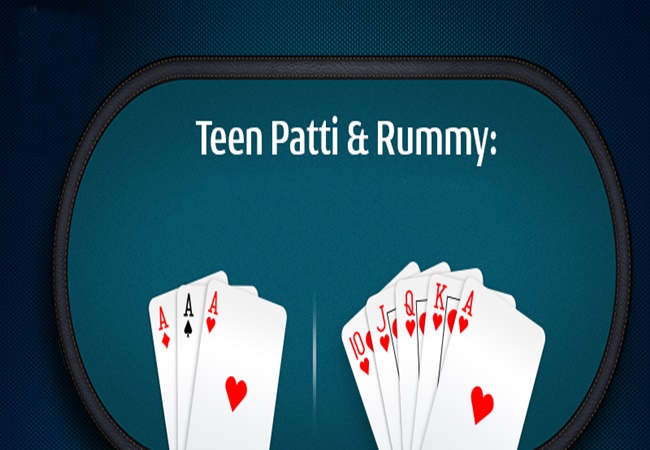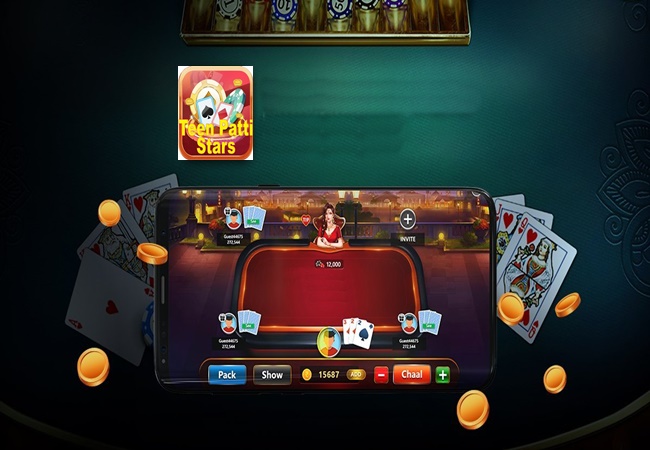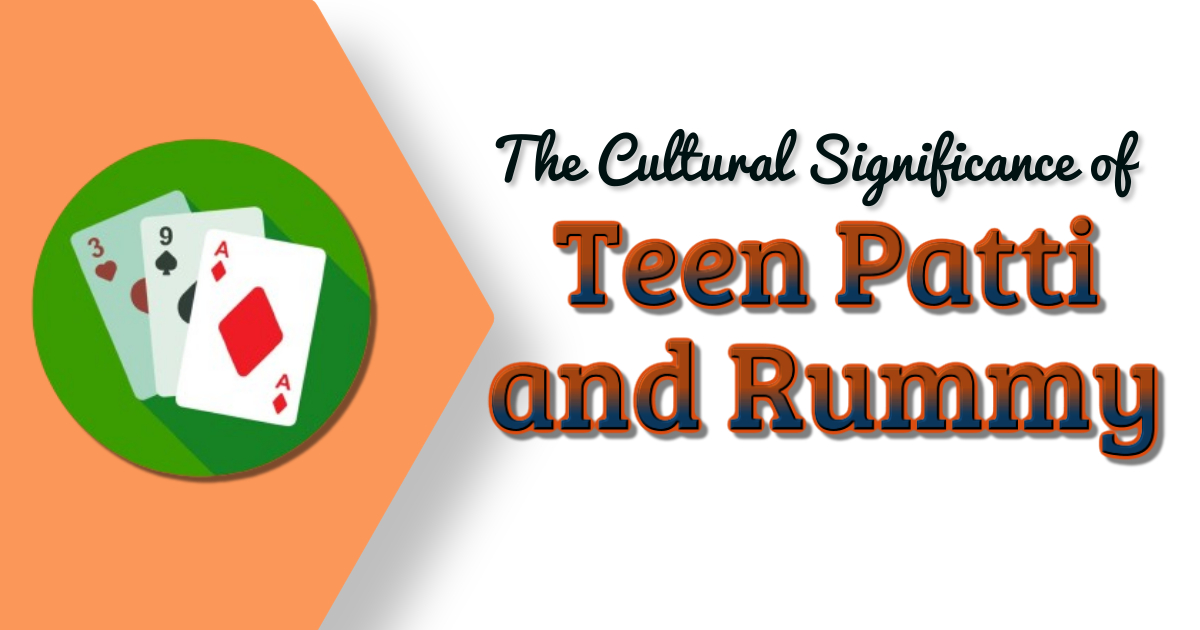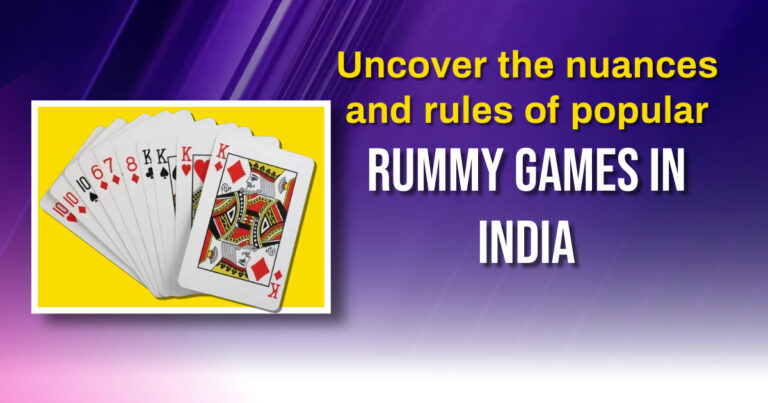The Cultural Significance of Teen Patti and Rummy
Teen Patti and Rummy games, two of the most popular card games in South Asia, particularly in India, hold significant cultural value. These games, deeply embedded in the social and cultural fabric of the region, are more than just forms of entertainment; they are reflections of tradition, social interactions, and even psychological nuances.

Historical Context
Both Teen Patti and Rummy games have roots that go deep into history, with origins that trace back centuries. Teen Patti, also known as Flash or Flush, is believed to have been influenced by the British card game three-card brag, which was introduced to India during the British colonial period. Over time, the game evolved and became indigenized, incorporating local customs and preferences. Rummy, on the other hand, is a global card game with various versions played around the world. The Indian variant, often referred to as Indian Rummy, is a meld-making game similar to the western version but with distinctive rules that cater to the local palate.
Social Interaction and Family Bonding
One of the primary cultural significance of Teen Patti and Rummy games lies in their role in social interaction and family bonding. These games are a staple during festive seasons, especially Diwali, where family members gather for night-long sessions of play. The act of playing these games transcends mere entertainment; it becomes a means of strengthening familial bonds, fostering communication, and creating cherished memories. The communal aspect of these games encourages socialization, making them a vital part of the cultural celebrations.
During these gatherings, the games often serve as an icebreaker, facilitating interactions among different generations. Grandparents, parents, and children come together, sharing not only the excitement of the game but also stories, traditions, and wisdom. The intergenerational engagement promoted by these games is crucial for the transmission of cultural values and traditions.
Skill and Strategy of Teen Patti and Rummy Games
Both Teen Patti and Rummy games are skill and strategy, requiring players to have a good grasp of probabilities, quick thinking, and psychological acumen. This aspect elevates the games from mere chance-based activities to intellectual pursuits that challenge the mind. The strategic depth of these games is a source of pride and a testament to the players’ cognitive abilities. In many households, excelling in these games is seen as a sign of intelligence and quick-wittedness.
The need for skill and strategy in these games also has educational implications. Playing Teen Patti and Rummy games can enhance cognitive skills such as memory, concentration, and analytical thinking. Children and teenagers, in particular, can benefit from these mental exercises, which complement their academic learning.
Economic and Ethical Dimensions
The economic dimension of Teen Patti and Rummy games cannot be overlooked. While these games are often played for fun, betting is also a common aspect, especially among adults. The stakes can range from small amounts to significant sums, adding a layer of excitement and risk. This gambling aspect has ethical implications and has been a subject of debate. While some view it as a harmless tradition, others raise concerns about its potential to lead to addictive behaviors and financial troubles.
However, it is essential to recognize that gambling, in this context, is deeply rooted in cultural practices. For many, it is seen as a way to test luck and fortune, particularly during auspicious times. The ethical debate around these games reflects broader societal values and the need to balance tradition with modern concerns about responsible behavior.
Digital Age and Modern Adaptations
In the digital age, Teen Patti and Rummy games have found new life through online platforms. Numerous apps and websites offer digital versions of these games, making them accessible to a broader audience. This transition to the digital realm has not only preserved their cultural relevance but also expanded their reach beyond geographical boundaries.
The online variations of Teen Patti and Rummy games have introduced new dynamics, allowing players to compete globally, join virtual tournaments, and win real or virtual rewards.
Digital Age and Modern Adaptations (continued)
These games have also brought about changes in how they are perceived and played. While the essence of the games remains the same, the convenience of online play has made them more popular among the younger generation, who may not have had as much exposure to the traditional, face-to-face versions.
Moreover, the rise of mobile gaming has added a social media component to Teen Patti and Rummy, with players sharing their achievements, joining online communities, and even streaming their gameplay. This integration with modern technology ensures that these games stay relevant and continue to be a part of the cultural landscape in a rapidly changing world.

Representation in Media and Popular Culture
Teen Patti and Rummy games have also made their mark in Indian media and popular culture. Movies, television shows, and literature often depict these card games, highlighting their significance in social gatherings and their impact on relationships and narratives. For instance, the 2010 Bollywood film “Teen Patti,” starring Amitabh Bachchan and Ben Kingsley, explores the themes of mathematics and probability through the lens of the card game, underscoring its strategic depth and the psychological thrill it provides.
These portrayals in media not only reinforce the cultural importance of these games but also introduce them to new audiences, further embedding them in the collective consciousness. They serve as a cultural reference point, bringing to light the intricate connection between traditional pastimes and modern storytelling.
Psychological and Emotional Dimensions
Playing Teen Patti and Rummy games involves a significant psychological component. The games are not just about the cards but also about reading opponents, bluffing, and maintaining composure under pressure. This psychological interplay is a crucial aspect of the cultural significance of these games, as it mirrors the broader human experience of dealing with uncertainty, strategizing, and managing social interactions.
Emotionally, these games offer a rollercoaster of experiences – the thrill of a well-played hand, the disappointment of a loss, the joy of winning, and the camaraderie shared with fellow players. These emotional highs and lows are an essential part of why these games are cherished and remembered, creating a tapestry of shared experiences that are passed down through generations.
Tradition and Modernity
Teen Patti and Rummy games embody the delicate balance between tradition and modernity. They are traditional games that have seamlessly adapted to contemporary contexts, reflecting the dynamic nature of cultural practices. This adaptability is a testament to their enduring appeal and relevance.
In traditional settings, these games are often accompanied by rituals and customs that enhance their cultural significance. For instance, during Diwali, it is customary to play these games after performing Lakshmi Puja, symbolizing the invocation of prosperity and good fortune. Such practices infuse the games with deeper meaning, linking them to cultural and religious traditions.
On the other hand, the modern adaptations of these games, particularly their digital versions, highlight the evolving nature of culture. They show how traditional practices can be preserved and transformed through technology, ensuring that they continue to thrive in a rapidly changing world.
Conclusion
The cultural significance of Teen Patti and Rummy games are multifaceted, encompassing historical roots, social interaction, skill, strategy, economic and ethical dimensions, and modern adaptations. These games are more than just a pastime; they are a vital part of the cultural heritage, offering insights into the values, traditions, and social dynamics of the region.
As Teen Patti and Rummy games continue to evolve, they remain a bridge between the past and the present, connecting generations and adapting to new contexts. Their enduring popularity is a testament to their deep cultural resonance and their ability to bring people together, whether around a traditional card table or through a digital screen.
In celebrating Teen Patti and Rummy, we celebrate not only the games themselves but also the rich cultural tapestry they represent. They are a reminder of the power of tradition to adapt and thrive, ensuring that cultural practices remain vibrant and relevant in an ever-changing world.







